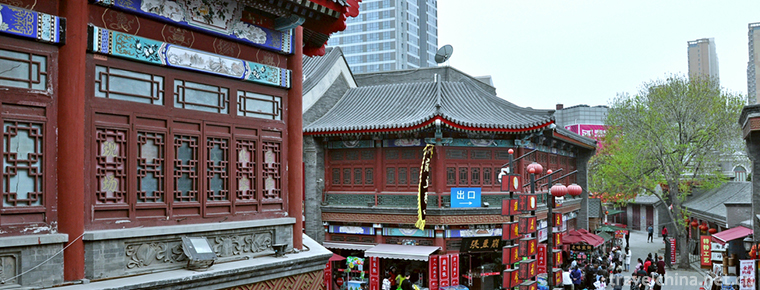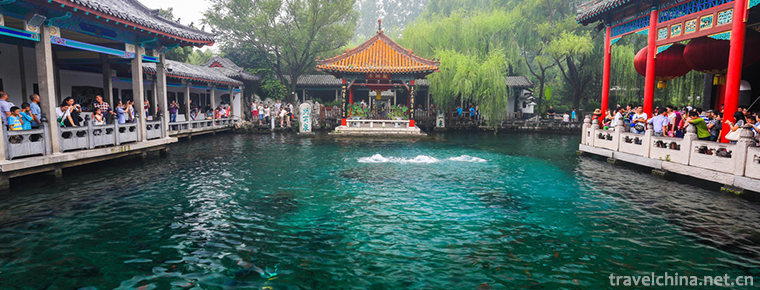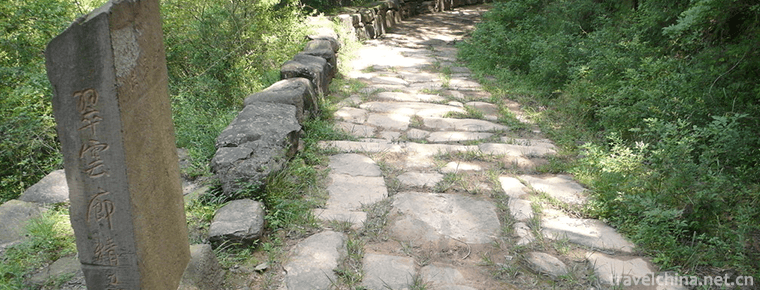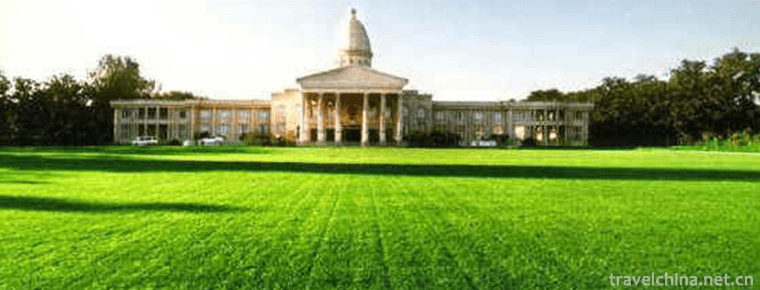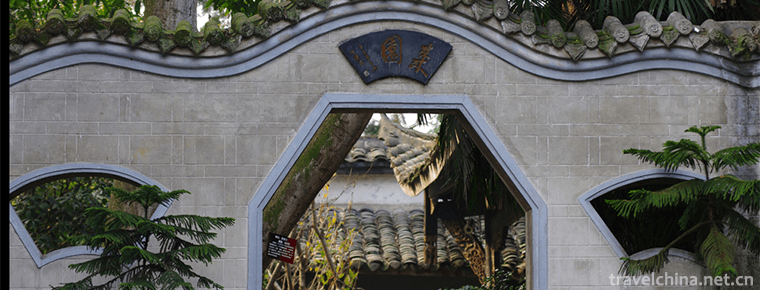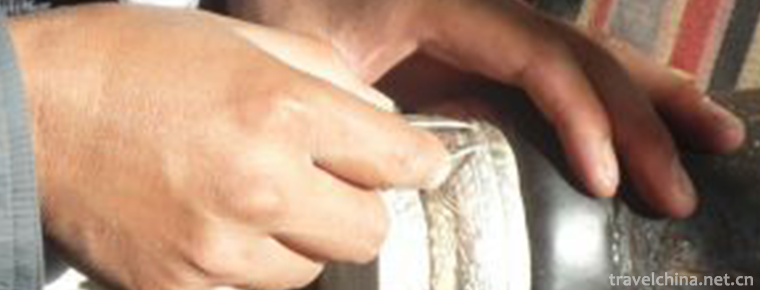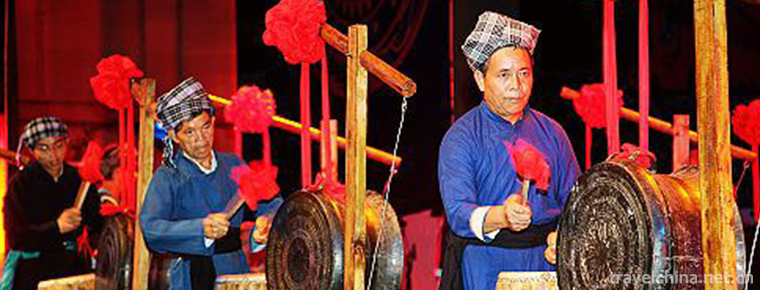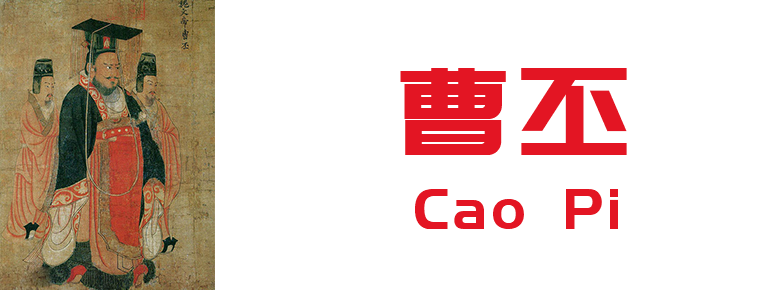Fish Skin Making Techniques of Hezhe Nationality
Fish Skin Making Techniques of Hezhe Nationality
Fish skin making techniques of Hezhe nationality, traditional handicraft techniques of Raohe and Fuyuan in Heilongjiang Province, are one of the national intangible cultural heritages.
Traditional fish skin technology includes a set of complex processing processes, including peeling, drying, ripening and softening, splicing and stitching, artistic decoration and other steps.
On May 20, 2006, the technique of making fish skin of Hezhe nationality was approved by the State Council and listed in the first batch of national intangible cultural heritage list, numbered_-85.
historical origin
The Hezhe people are mainly distributed in Raohe and Fuyuan counties of Heilongjiang Province. The Hezhe people living along the river are still mainly fishing. They are good fishermen, young and old. They catch fish, eat fish, build houses with fish skin, build boats and make clothes. Fish skin products are made from northern cold-water fish skin. The cold-water fish skin has certain thickness and toughness. It is relatively wear-resistant and easy to use in production and life.
The Hezhe people only have language but no words, so the exact time of the beginning of the fishskin making skills of the Hezhe people is no longer available. However, in their oral "Imakan" and folk stories about national history, there are many articles related to fish skin culture and production techniques, such as fish skin clothes, fish skin bags, tools for cooked fish skin "empty storehouse" and "Hairigen", which show that the fish skin culture of Hezhe nationality has a long history. In ancient Chinese books, there are records of the ancestors of Hezhe people, the Tang Dynasty Jingju, and the Jin Dynasty Qiliemi's custom of using fish skin. After the formation of the Hezhe ethnic group in the late Ming and early Qing Dynasties, records of their unique fish skin culture appeared more frequently in Chinese and foreign literature.
Fish skin culture has a long history. Although many nationalities had fish skin culture in history, only Hezhe people in Jiejinkou Township of Tongjiang City in Heilongjiang Province inherited it from the Qing Dynasty. Before the 1950s, most Hezhe people preferred to wear clothes made of fish skin, mainly trousers, gloves, leggings and women's long clothes.
Inheritance and protection
Inheritance value
Fish skin making is a unique fishing and hunting culture of the Hezhe nationality, a microcosm of the historical development of the Hezhe nationality, and an important part of China's excellent traditional culture.
Fishskin costumes of Hezhe nationality include fishskin gowns, trousers and boots. In addition, some young people use traditional fish skin clipping technology to create modern fish skin crafts and fish skin paintings, so that fish skin culture extends to tourism, art and other fields. The skill of making fish skin of Hezhe nationality is the historical witness that Hezhe people actively adapt to and transform their living environment.
Inheritance status
With the development and progress of history, silk and cloth clothing gradually replaced fish skin clothing. Following the principle of using fish skins in advance and abandoning in retreat, the traditional handicraft of fish skins, which lost its use value, has gradually changed, and many primitive traditional skills have been forgotten by people. Cotton thread replaces fish skin thread. People don't even know how to make fish skin thread. The application of dyed pigments has developed from the natural application of natural plants and flowers to the application of chemical pigments. In the 1940s, few people wore fish skin clothes. In the 1960s, fish skin clothing as a practical product has been withdrawn from the historical stage. Few people can make fish skin clothes according to the traditional process system.
Inheriting characters
Ju Wenfeng, female, born on February 2, 1952, was elected as the first representative successor of national intangible cultural heritage projects in 2006. Heilongjiang Province declaration, project: Hezhe fishskin production skills.
protective measures
In order to preserve and inherit this skill, the people of Hezhe nationality have changed their fishskin products from practical to aesthetic, developed fishskin national costumes, fishskin crafts, and fishskin paper-cut art, so that the fishskin production technology has found a new soil for survival and development in contemporary society.
Since the 1990s, some researchers have gone deep into Hezhe Township of Jinkou Street in Tongjiang City, Bacha Hezhe Township in Fuyuan County, Hezhe Township of Four Rows in Raohe County and Aoqihezhe Village in Jiamusi City, and rescued the important inheritors of fish skin making skills and the skills they mastered, and achieved certain results. From 2004 to 2005, Heilongjiang Provincial Culture Department strengthened the rescue, excavation and protection of fishskin production technology, and established the "Hezhe fishskin production technology" research group. In 2006, Hezhe fish skin making technology was declared and listed in the first batch of national intangible cultural heritage protection list. Juventus Phoenix was selected as the national intangible cultural heritage project Hezhe fish skin making technology successor. In 2009, in order to inherit this national culture, Juventus Phoenix and Youzhongmei went to Beijing to show their fishskin making skills. Fishskin purse and other handicraft products were welcomed.
social influence
Important exhibition
In 2003, the salmon skin costumes of the Hezhe nationality were displayed in the Chinese Cultural Year of France. In the "China Ethnic Minority Garments Exhibition" of the Hong Kong Cultural Museum, the traditional fish skin costumes of the Hezhe nationality were well received by Chinese and foreign guests and entered the international horizon.
On April 4, 2014, the first Heilongjiang Hezhe Fish Skin Art Exhibition opened in the Heilongjiang Provincial Library. Nearly 400 pieces of fish skin artworks with different shapes and exquisite production are exhibited here for half a month. This is the first special exhibition of the Fish Skin Art Project of Hezhe Nationality, a national intangible cultural heritage, in Heilongjiang Province.
Cultural anecdotes
Fish skin is also needed in the funerals of the Hezhe people. Fish skin wedding gowns are actually only worn for three days during the marriage process, and then they will be put away and preserved properly. When you die, put on another world and start living in another world from the time you get married. The cuffs on a hunting suit are usually wrapped around the cuffs and taken to another world to continue hunting in another world.
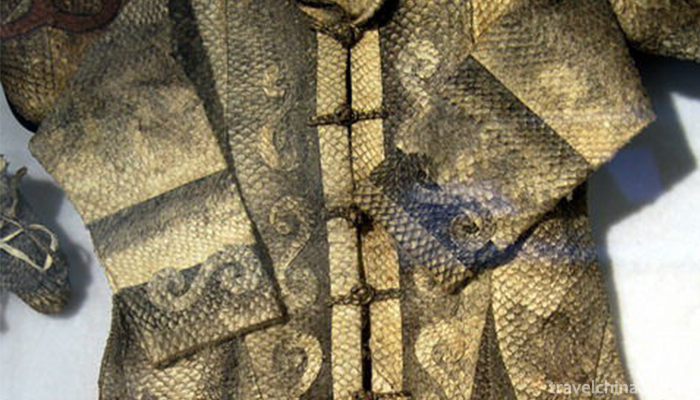
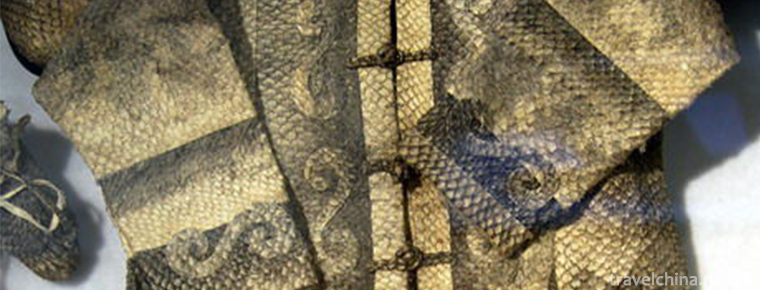
Fish Skin Making Techniques of Hezhe Nationality
-
Tianjin Ancient Culture Street Tourist Area Jinmen Hometown
Tianjin Ancient Culture Street is located outside the east gate of the northeast corner of Nankai District of Tianjin City and on the West Bank of Haihe River
Views: 255 Time 2018-11-24 -
Jinan World First Spring Scenic Area
Jinan World No. 1 Spring Scenic Area, located in the center of Jinan City, Shandong Province, is a national AAAAA-level tourist attraction, national key park, advanced unit of national spiritual civil
Views: 200 Time 2018-12-08 -
Taihang Grand Canyon
Linzhou Taihang Grand Canyon, located in the northwest of Henan Province and Linzhou City in the eastern foot of the southern Taihang Mountains
Views: 276 Time 2018-12-09 -
Wenchuan Special Tourist Area
Wenchuan Special Tourist Area is a memorial and cultural theme scenic area specially developed after the reconstruction of the Wenchuan Earthquake on May 12, 2008
Views: 225 Time 2018-12-12 -
Cuiyun Lang Scenic Area
Cuiyun Corridor, also known as "Huangbai Avenue", is a green corridor composed of nearly 10,000 green roads and ancient cypresses. It is the oldest and most well-preserved ancient road traff
Views: 124 Time 2019-01-06 -
Shenyang Green Island Tourist Resort
Located in Tonggou Township, Sujiatun District, Shenyang City, 15 kilometers away from Shenyang City, Green Island Tourism Resort is a comprehensive multi-functional tourist area
Views: 471 Time 2019-02-08 -
Shibing Karst
Karst is karst. It is the general name of the geological function of water in dissolving rock (carbonate rock, gypsum, rock salt, etc.) mainly by chemical dissolution
Views: 237 Time 2019-02-08 -
Xijiashan Folk House
Xijiashan Residence, a national key cultural relic protection unit and national AAAA-level tourist attraction, is located in Xijiashan Town, Jiang'an County, Yibin City, Sichuan Province
Views: 500 Time 2019-02-25 -
Tibetan Metal Forging Technology
Zhaxi Coloured Gold, Silver and Copper Processing Plant in Xikaze City, Tibet, has a long history. It is the earliest gold and silver bronze enterprise in the region with strong technical force
Views: 190 Time 2019-04-08 -
Twelve tunes of bronze drum
The Buyi bronze drum is one of the ancient percussion instruments of the Buyi nationality, which belongs to the precious national cultural heritage. It is made of bronze, often mixed with Suona, drums
Views: 127 Time 2019-06-21 -
Cao Pi
Wei Wendi Cao Pi (187 - 26 June 29th) Zi Wan Pei Guo Qiao County, Yuzhou City (now Anhui Province Bozhou City People. Three Kingdoms period Famous Politician , Litterateur , the Wei state of the Three
Views: 215 Time 2019-09-15 -
Social security in Luzhou
By the end of 2017, the total number of participants in basic endowment insurance in Luzhou city was 2662800, an increase of 130700 compared with the end of the previous year. At the end of the year, 1031700 people participated in the basic endowment insurance for urban employees
Views: 340 Time 2020-12-14
